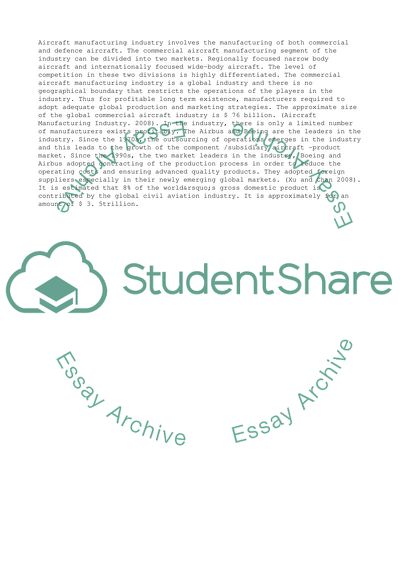Cite this document
(The Global Commercial Aircraft Industry Research Paper, n.d.)
The Global Commercial Aircraft Industry Research Paper. Retrieved from https://studentshare.org/management/1720293-airbus-strategic-analysis
The Global Commercial Aircraft Industry Research Paper. Retrieved from https://studentshare.org/management/1720293-airbus-strategic-analysis
(The Global Commercial Aircraft Industry Research Paper)
The Global Commercial Aircraft Industry Research Paper. https://studentshare.org/management/1720293-airbus-strategic-analysis.
The Global Commercial Aircraft Industry Research Paper. https://studentshare.org/management/1720293-airbus-strategic-analysis.
“The Global Commercial Aircraft Industry Research Paper”, n.d. https://studentshare.org/management/1720293-airbus-strategic-analysis.


